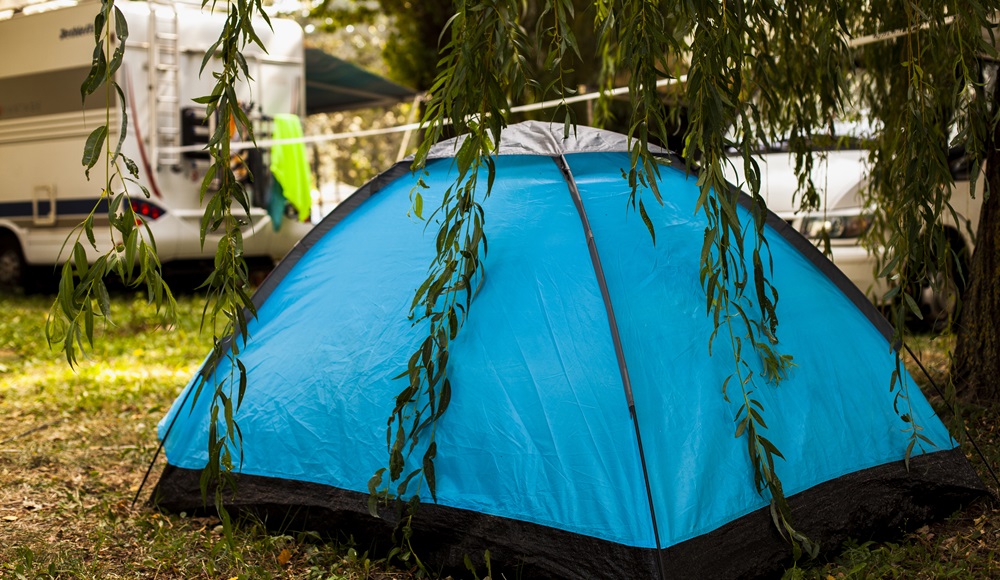Ever stared at a label claiming “3-season” or “4-season” and wondered what that actually means for your outdoor adventures?
I found myself in this exact situation while setting up my new marmot tent during an unexpected rainfall.
Those seasonal ratings seemed meaningless as I wondered if my gear would actually keep me dry through the night.
What Seasonal Ratings Actually Tell You
Seasonal ratings are shortcuts that manufacturers use to describe when and where their gear works best. But these simple labels hide complex performance capabilities that directly affect your comfort and safety outdoors.
The truth is that seasonal ratings are just the beginning of understanding what your gear can handle. The real story lies in the specific weather resistance measurements behind these ratings.
Breaking Down the Numbers That Matter
Let’s decode what these ratings actually mean in terms of real protection:
Water Resistance: Beyond “Waterproof”
That “waterproof” label needs context. Waterproofing is measured in millimeters of water pressure (hydrostatic head) that fabric can withstand before leaking.
| Rating (mm) | What It Means For You | Real-World Performance |
| 1,000-1,500 | Light shower resistant | Will keep you dry in brief, light rain |
| 1,500-3,000 | Moderate rain resistant | Handles steady rain for about 2-3 hours |
| 3,000-5,000 | Heavy rain resistant | All-day rain protection in most conditions |
| 5,000+ | Extreme weather resistant | Will handle downpours, snow load, and ground water pressure |
A typical 3-season marmot tent might offer 2,000-3,000mm waterproofing, while a 4-season model pushes above 4,000mm. This difference becomes crucial when you’re facing an hours-long downpour that wasn’t in the forecast.
Wind Resistance: The Invisible Challenge
Wind can make a 40°F day feel like 25°F, but manufacturers rarely put specific wind ratings on their products. Instead, look for these features that translate to actual wind protection:
- For tents: Pole structure (more crossing points = better wind stability)
- For jackets: “CFM” rating (cubic feet per minute of air that can pass through)
Lower CFM numbers mean better windproofing. A typical windbreaker might have a 10-15 CFM rating, while serious alpine gear aims for under 5 CFM.
Temperature Ratings: The Most Misunderstood Numbers
That “20°F” sleeping bag rating doesn’t mean what most people think. There are actually two critical temperature ratings you need to understand:
- Comfort Rating: The temperature at which you’ll actually sleep comfortably
- Lower Limit Rating: The temperature at which you’ll survive the night, but won’t sleep well
Women typically need sleeping bags rated 10°F warmer than men due to physiological differences in heat generation. That “unisex” 20°F bag? It might only keep a female sleeper comfortable down to 30°F.
How Seasonal Ratings Connect to Weather Capabilities for Tent & Gear
Now that you understand the specific measurements, here’s how they connect to those season ratings:
2-Season Gear
Designed for mild conditions with:
- Water resistance: 1,000-1,500mm
- Wind protection: Minimal
- Temperature rating: 50°F+ comfort range
Perfect for warm summer nights when weather is predictable and mild.
3-Season Gear
The most popular all-around choice offering:
- Water resistance: 1,500-3,000mm
- Wind protection: Moderate (can handle 15-25mph winds)
- Temperature rating: 25-30°F lower comfort limit
This is why 3-season gear works for spring through fall in most locations. It balances protection with weight and breathability.
4-Season Gear
Built for serious weather conditions with:
- Water resistance: 3,000mm+
- Wind protection: Substantial (stable in 30mph+ winds)
- Temperature rating: Can handle below 20°F
- Added features: Snow skirts, reinforced anchoring points
The “4-season” label actually means “winter-capable,” not that it’s ideal year-round. The extra protection often means less ventilation and more weight.

Translating Ratings to Your Real Needs
How do you use this knowledge? Ask yourself these questions:
- What’s the worst weather you’re likely to encounter?
- How much weight are you willing to carry for extra protection?
- Do you run hot or cold compared to others?
Your personal comfort needs matter more than any rating. Someone who sleeps cold might need a 15°F bag in conditions where others are comfortable in a 30°F model.
Making Smarter Gear Choices
Now that you understand what’s behind seasonal ratings, you can focus on the specific capabilities that matter for your adventures:
- For unexpected weather changes, prioritize waterproofing above 3,000mm
- If you’re camping in exposed areas, look for wind stability features
- For temperature ratings, always add a 10-15°F buffer to be safe
Remember that the best weather resistance comes from understanding the actual performance measurements, not just the seasonal label. A quality 3-season shelter with proper seam sealing might protect you better than a poorly designed 4-season option.Next time you’re analyzing that marmot tent or any other outdoor gear, look beyond the seasonal rating to the specific numbers that tell you how it will actually perform when the weather turns against you. Your comfort—and sometimes safety—depends on translating those ratings into real-world protection.


